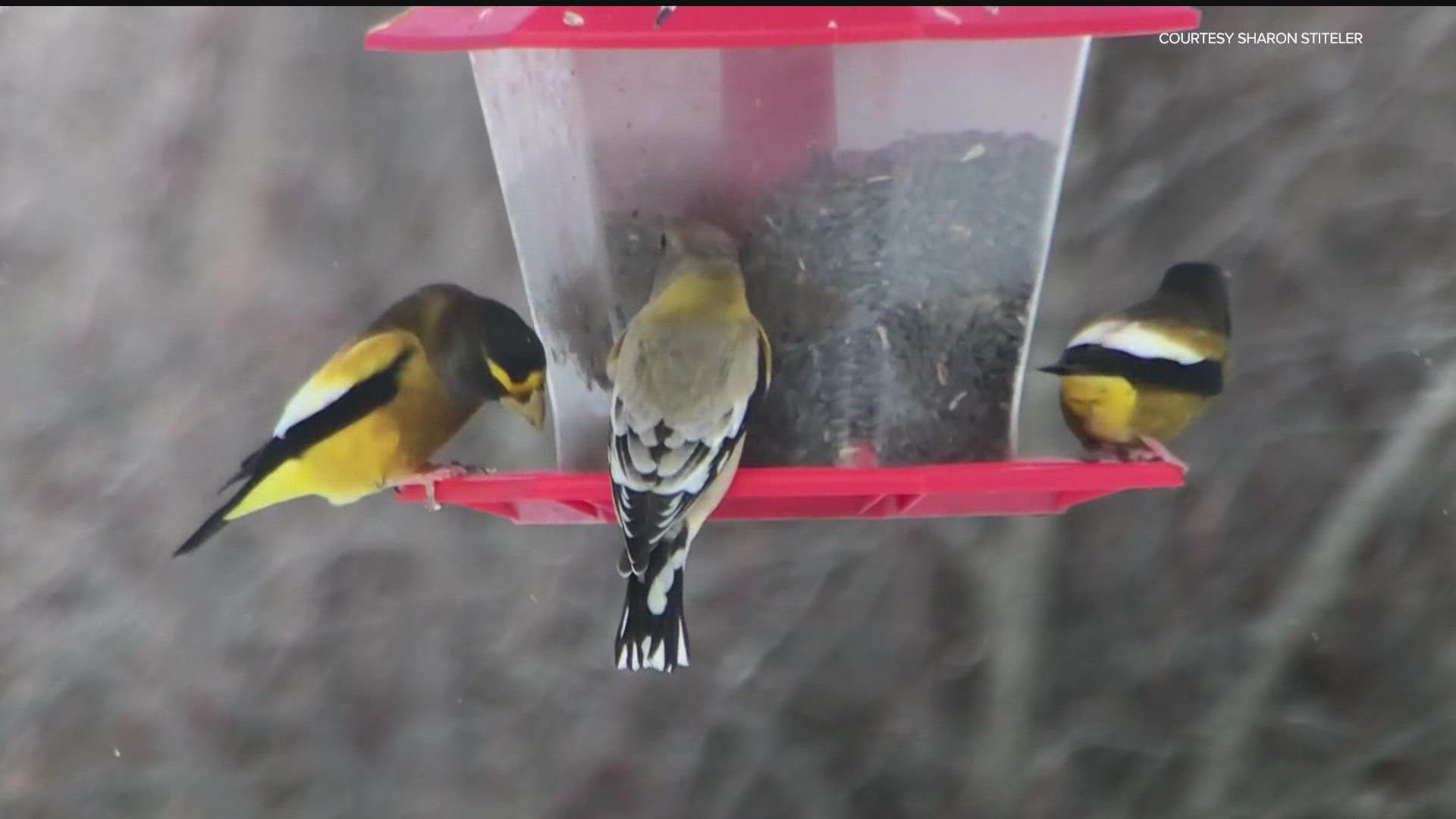ST PAUL, Minn. — While some birds will stick around Minnesota this winter, most are already heading south.
From mid-August to late November, those who migrate travel on what's called a flyway, which is essentially an invisible highway in the sky. Like people on a road trip, they take breaks along the way. Only instead of a hotel, their rest stop is usually someone's front or backyard.
"That is so fun this time of year during migration because the characters change," said Gail Buhl, partnership coordinator with the University of Minnesota Raptor Center. "They don't stick around for very long. They have an agenda."
Buhl says the journey from Minnesota to Mexico can take weeks, depending on the species, and some birds may stay for a couple of days in your yard before taking off again. While songbirds travel at night, raptors prefer to move during the day.
"It is a big trip," said Dr. Emma Greig from the Cornell Lab of Ornithology, which recently shared an article explaining seven simple actions to help birds during fall migration.
Greig and Buhl are now sharing some of their own tips to help birds this time of year.
"One of the things is, just exploring your own backyard," Buhl said.
They say by uploading observations to platforms like eBird or Project FeederWatch, your sightings become an important part of citizen science and data collection.
"Just by enjoying the birds, you can actually help us understand what's happening to them," said Greig, who manages Project FeederWatch.
Their next piece of advice is to modify your windows, making them safer for birds.
"They're hitting headfirst and head trauma is deadly to them," Buhl said, noting that people who find injured birds should seek professional care.
"Often it's because the windows are actually reflecting greenery around your home," Greig added. "There are little appliqués and different kinds of streamers and things that you can put on existing windows … to make them safer for birds."
Next, they say to plant native plants in your yard and avoid pesticides.
"The better the habitat patches and refugia they have along their way, the more likely they will survive [their] journey," Greig said.
According to the Lab of Ornithology, in the U.S. and Canada, cats kill more than 2.6 billion birds per year. So you're asked to keep them indoors or train them to wear a leash.
Buhl and Greig also encourage people to be conscious consumers. They say doing things to reduce energy usage like opting for a reusable water bottle instead of disposable plastic bottles is good for the environment, which is consequently good for the birds.
"The way most coffee is grown … there's only one crop," Buhl said. "If you buy coffee that is labeled as shade grown or bird friendly, that means how the coffee is actually grown, actually has habitat around it for the birds."
Finally, they encourage everyone to vote.
"Most candidates should have some sort of idea of what they want to do to help our environment," Buhl said. "Whether it is about clean water, open space, park space … everything is connected."
Watch more local news:
Watch the latest local news from the Twin Cities in our YouTube playlist:

